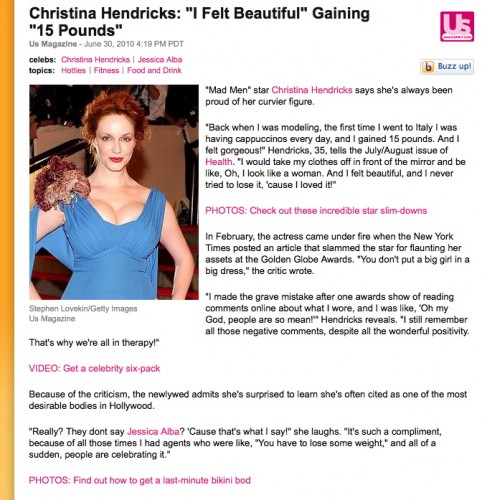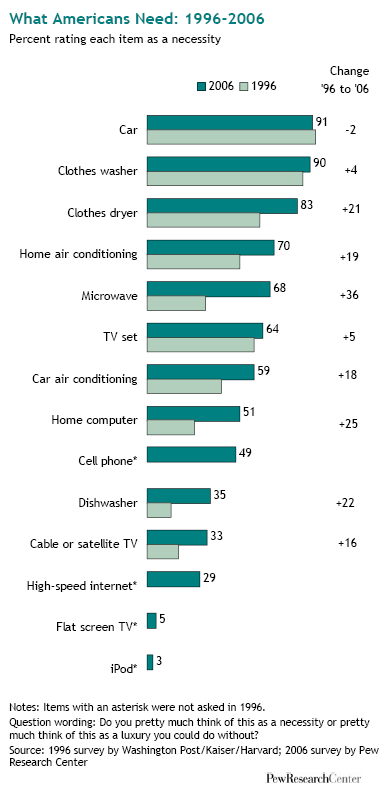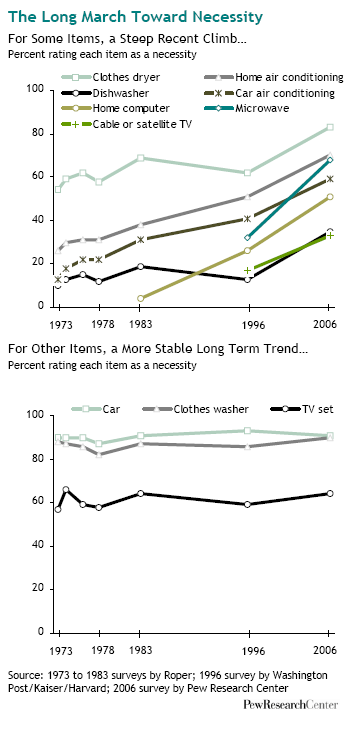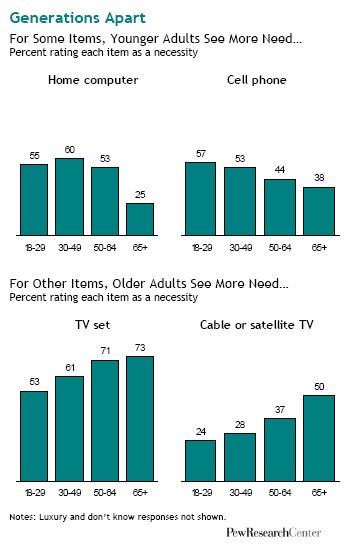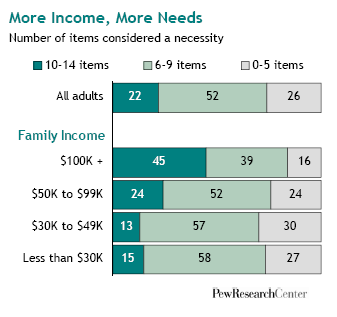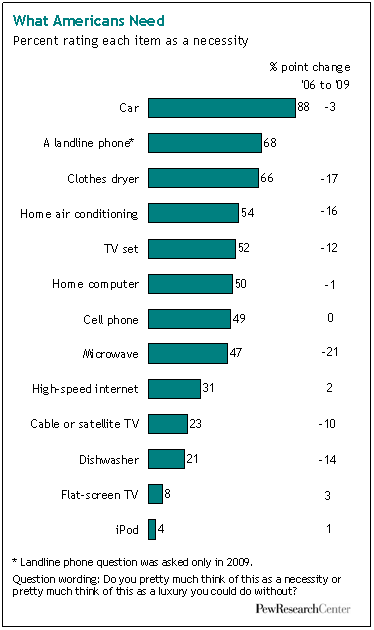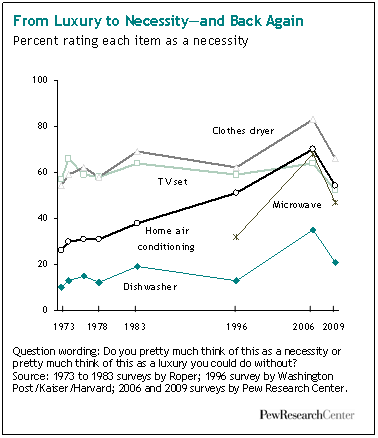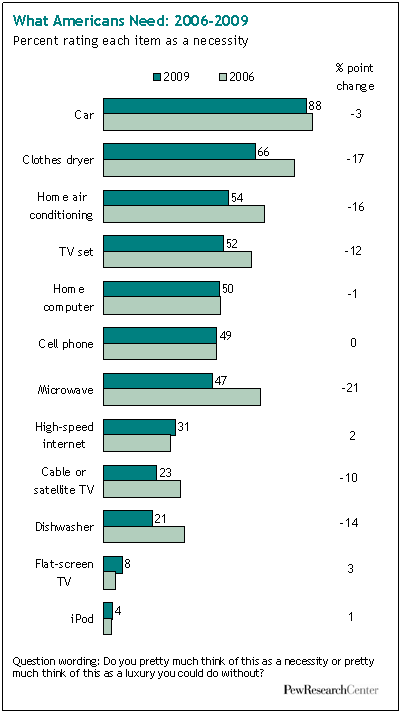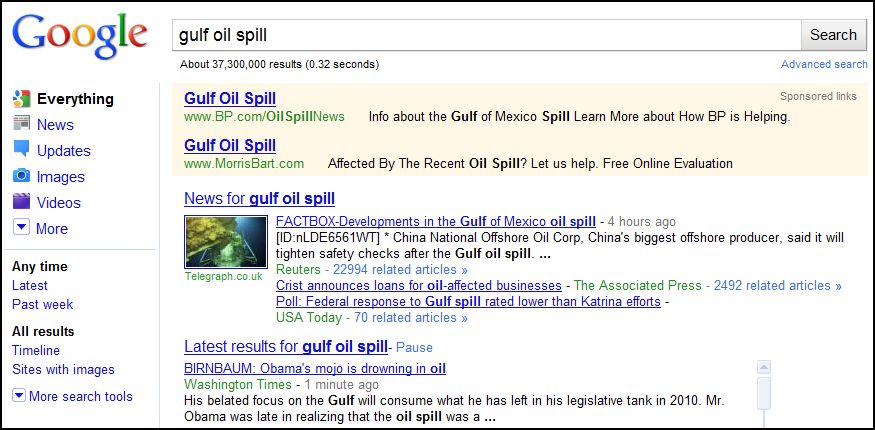Kristi P. sent us a link to a story at OMG! from Yahoo! about Christina Hendricks, who is famous for playing the curvaceous Joan on Mad Men. The article title includes “‘I Felt Beautiful’ Gaining ’15 Pounds’,” and the article discusses how Hendricks feels about her body.
Notice the contradiction in this screencap?
That’s right: throughout the article on how Christina Hendricks loves her non-waifish body there are links to stories about “incredible star slim-downs,” getting a “celebrity six-pack,” and how to get a “last-minute bikini bod.” So even in a story about a person reveling in her body, the message is clearly conveyed that your own body is not good enough, and to make it better, you probably need to make it thinner.

